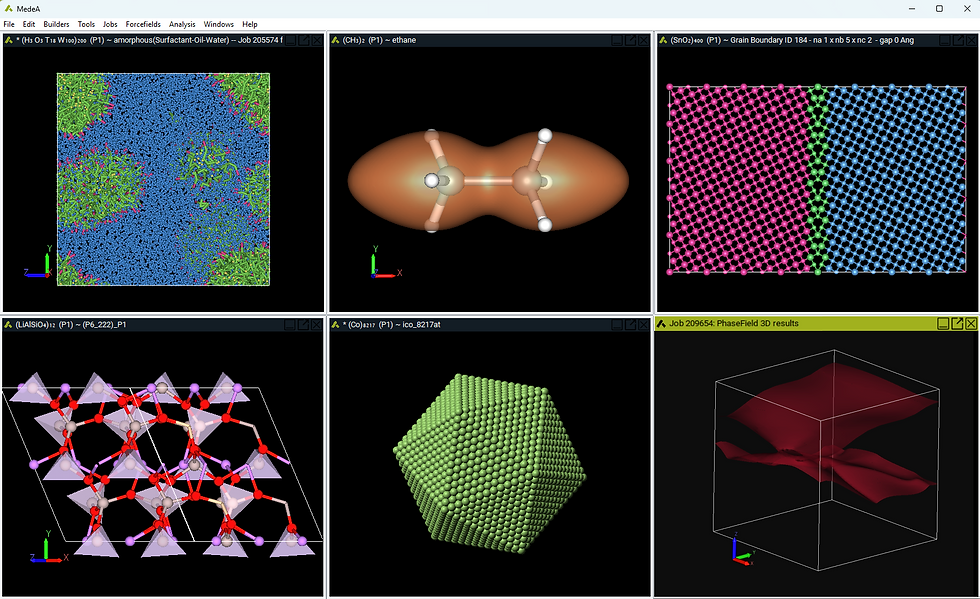New Publication by Materials Design Scientist: United Atom Forcefield for Vapor-liquid Equilibrium (
- Katherine Hollingsworth
- Nov 5, 2018
- 2 min read

Our top scientific team is always looking for ways to advance human knowledge about the world around us. Join us in celebrating Dr. Marianna Yiannourakou's most recent work, entitled "United atom forcefield for vapor-liquid equilibrium (VLE) properties of cyclic and polycyclic compounds from Monte Carlo simulations", published with Elsevier. For the next 40 days only, you can access this exciting research for free from this link.
Here is the abstract:



Comments